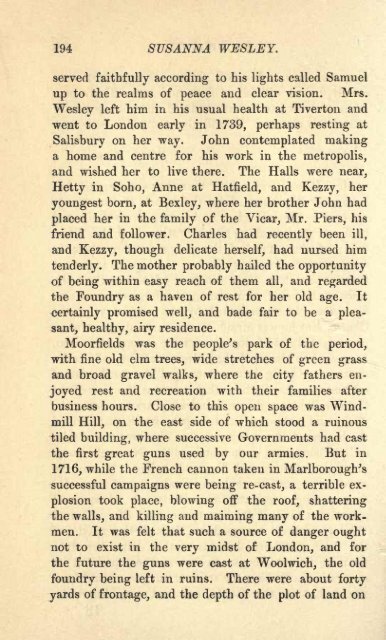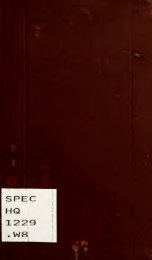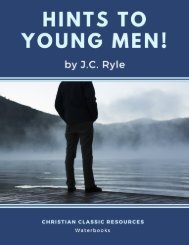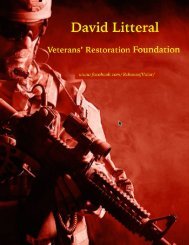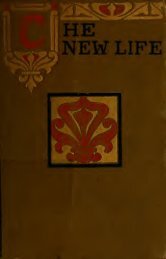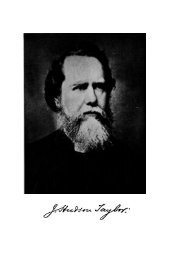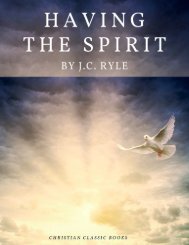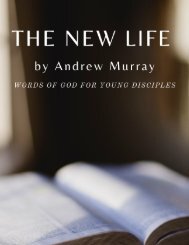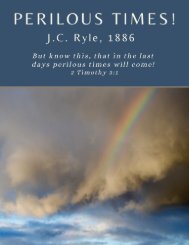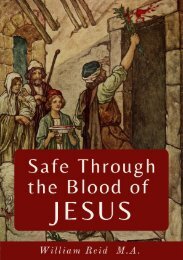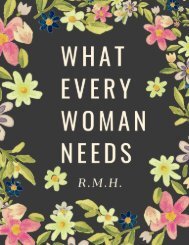Susanna Wesley
This is the story of Susanna Wesley, 1669-1742 Mother of Charles and John Wesley, who were founders of the Methodist Church. Susanna and her husband, Samuel, had nineteen children, ten of whom survived to adulthood. Her son Charles became a well-known hymn writer and her son John became the found of Methodism. Susanna was brought up in a Puritan home as the youngest of twenty-five children. As a teenager, she became a member of the Church of England. She became the wife of a chronically debt-ridden parish rector in an English village. She said, "I have had a large experience of what the world calls adverse fortune." Nonetheless, Susanna managed to pass down to her children Christian principles that stayed with them.
This is the story of Susanna Wesley, 1669-1742 Mother of Charles and John Wesley, who were founders of the Methodist Church. Susanna and her husband, Samuel, had nineteen children, ten of whom survived to adulthood. Her son Charles became a well-known hymn writer and her son John became the found of Methodism.
Susanna was brought up in a Puritan home as the youngest of twenty-five children. As a teenager, she became a member of the Church of England. She became the wife of a chronically debt-ridden parish rector in an English village. She said, "I have had a large experience of what the world calls adverse fortune." Nonetheless, Susanna managed to pass down to her children Christian principles that stayed with them.
Create successful ePaper yourself
Turn your PDF publications into a flip-book with our unique Google optimized e-Paper software.
194 SUSANNA WESLEY.<br />
served faithfully according to his lights called Samuel<br />
up to the realms of peace and clear vision. Mrs.<br />
<strong>Wesley</strong><br />
left him in his usual health at Tivertou and<br />
went to London early in 1739, perhaps resting at<br />
Salisbury on her way. John contemplated making<br />
a home and centre for his work in the metropolis,<br />
and wished her to live there. The Halls were near,<br />
Hetty in Soho, Anne at Hatfield, and Kezzy, her<br />
youngest born, at Bexley, where her brother John had<br />
placed her in the family of the Vicar, Mr. Piers, his<br />
friend and follower. Charles had recently been ill,<br />
and Kezzy, though delicate herself, had nursed him<br />
tenderly. The mother probably hailed the opportunity<br />
of being within easy reach of them all, and regarded<br />
the Foundry as a haven of rest for her old age. It<br />
certainly promised well, and bade fair to be a pleasant,<br />
healthy, airy residence.<br />
Moorfields was the people's park of the period,<br />
with fine old elm trees, wide stretches of green grass<br />
and broad gravel walks, where the city fathers enjoyed<br />
rest and recreation with their families after<br />
business hours. Close to this open space was Windmill<br />
Hill, on the east side of which stood a ruinous<br />
tiled building, where successive Governments had cast<br />
the first great guns used by our armies. But in<br />
1716, while the French cannon taken in Marlborough's<br />
successful campaigns were being re-cast, a terrible explosion<br />
took place, blowing off the roof, shattering<br />
the walls, and killing and maiming many of the workmen.<br />
It was felt that such a source of danger ought<br />
not to exist in the very midst of London, and for<br />
the future the guns were cast at Woolwich, the old<br />
foundry being left in ruins. There were about forty<br />
yards of frontage, and the depth of the plot of land on


